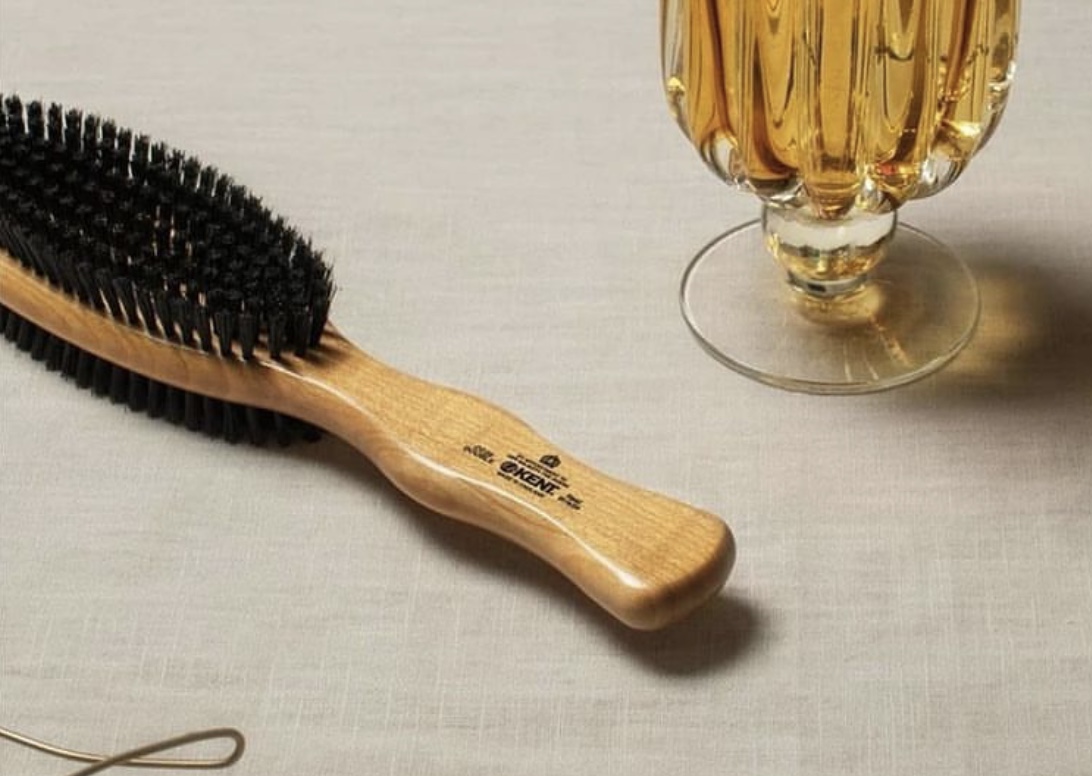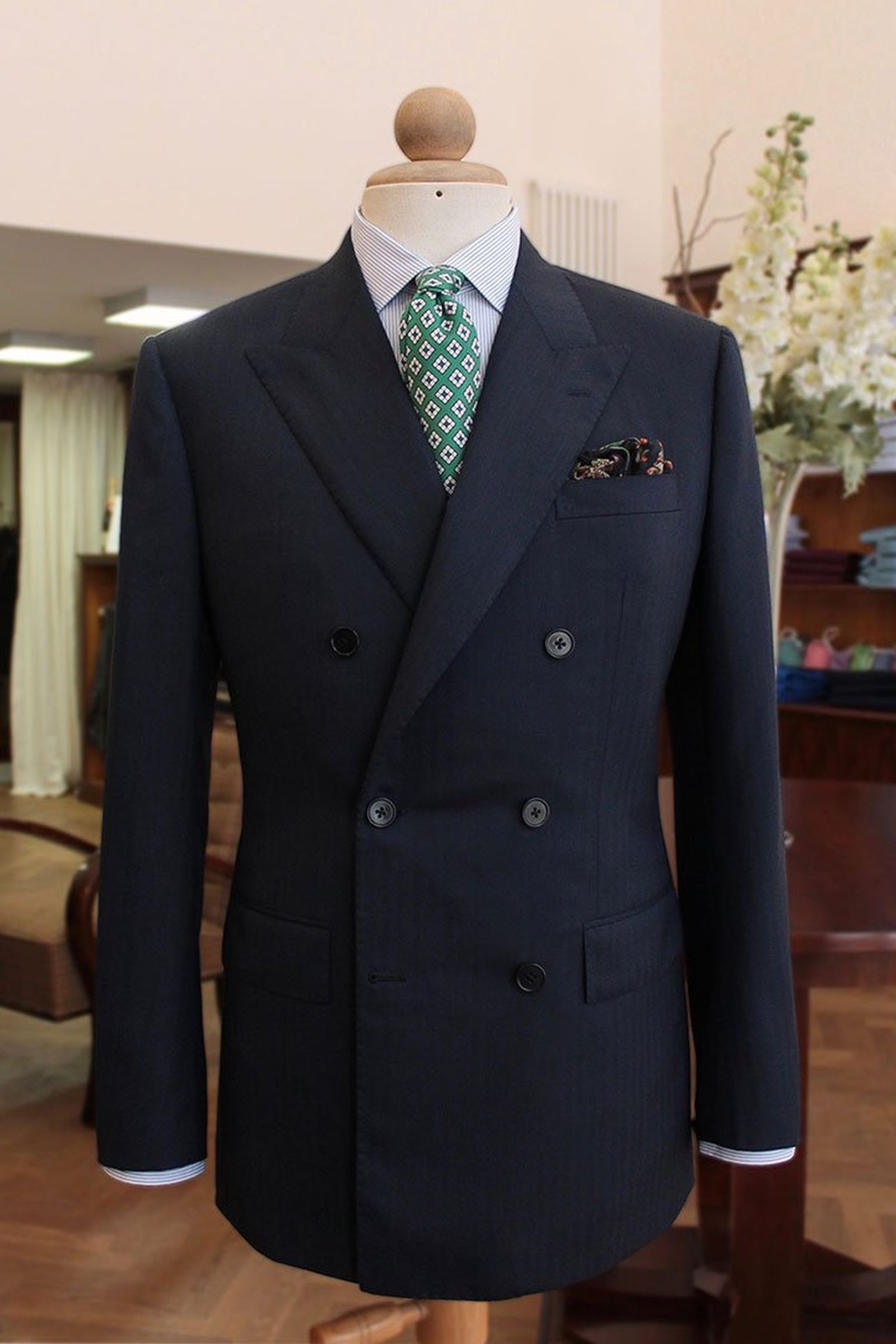There is a whiff of autumn in the air and with the, “Cambio di Stagione” we are all starting to think about our winter wardrobe. At this time of year Italian mothers are organising the traditional, “Ribaltare”, when the summer clothes are cleaned and put away, and the winter wardrobe is brought out of storage. Too much bother, you think? In this case the old adage, “Mother always knows best”, should be taken seriously. Caring in the correct way your clothes will keep them looking better, and lasting much longer. From suits to shirts to shoes here are some useful tips and techniques for both general and seasonal maintenance.
It all starts with the wardrobe
One of the most important things is the cleaning of the wardrobe itself. This entails emptying it, thoroughly dusting inside and replacing your moth repellents. This done you can look through to see what needs cleaning, washing, repairing before your summer attire is put away for the winter. Before packing away your suits and jackets, brush thoroughly to make sure dirt doesn’t have a chance to settle into the fabric, especially at the shoulders and in the pockets. This will also give a chance to see if any linings have come adrift, buttons have been lost and whether it requires professional cleaning. If you notice any moth damage you should act quickly, they can be devastating! A brush with natural bristles is the best to go for. Not too hard, especially for cashmere. We suggest Kent brushes, an English brush maker with generations of experience.

To maintain the shape and structure of your suits and jackets they should be stored on wooden hangers. Get the ones with a contoured shape and wide end to support the shoulder area. And, most importantly, in the right size to not stretch your jackets out. Tailored garments and shoes are ideally kept in cotton bags, because they are breathable. They should not be stored in closed plastic; this is appropriate only when travelling. Contrary to popular belief, you only need to take your suits and jackets to the cleaners when they are stained or really in need of serious refreshing. A crumpled suit or jacket does not necessarily need cleaning – usually a professional press is quite adequate. Sometimes your tailor will do this for you and of course, hanging up your trousers (full length) and jacket on a good hanger immediately after wearing reduces the need to press. Also, this allows the garments to dry and get plenty of air before going back in the wardrobe. Be aware that dry cleaning exposes garments to harsh chemicals, which shorten their life. If a suit does need cleaning remember to get the jacket and trousers cleaned together, to prevent uneven fading.
Knitwear needs different care and should be stored in sealed plastic bags throughout the winter. Check what looks like it needs a wash or a clean. Washing jumpers is usually better done by hand unless your machine has a special cashmere program. Wash them, rinse them in warm water as quickly and gently as possible, never leave in soak. Squeeze all the water out of them but do not twist them and always dry them out flat on a towel. A light steam and press and they’ll be good as new. Make sure to put a couple of moth balls in the bags, with wool or cashmere pieces, when putting your summer jumpers away. This is not necessary for cotton, linen or silk knitwear.
Trousers, particularly, are prone to creasing and can be pressed at home. You can use a regular iron, but don’t forget to cover with a clean tea cloth to protect the fabric and avoid shine, especially with blue and black materials. If you don’t have a steam iron you can spay a bit of water onto your tea cloth and this will help the trousers smooth.
Shirts are best washed in a domestic washing machine, going to the dry cleaners is rarely necessary, but please always check the washing instructions. 30 degrees is the usual temperature and avoid tumble drying at all costs, as this can dramatically shrink the shirts regardless of their quality. Try to wash them soon after wearing and prewash the insides of collars and cuffs with Vanish soap. Dry your shirts on hangers. Pull them into shape before putting them out to dry, and this way you will have less wrinkles, which will reduce the ironing. You can use a steam iron for your shirts, however it is best to press them when they are still damp. If they get too dry you can spray them with some water before, and leave them to rest for a couple of minutes. Then you can use the iron dry, medium heat, which will lead to the most pleasing results. The correct ironing order is to start with the shoulders, collar and cuffs, then to proceed with the sleeves and finish it off with the body.
Just like with tailored garments and knitwear, brushing shoes after each wear is the first, and most important part of a good maintenance. Much like hydration for your skin, it is similarly important to treat them with a good quality wax polish. Done regularly, it nourishes the leather and with some extra care, you can achieve a nice, high shine. Find the polish closest to the colour of the leather and make sure to apply the wax finely on dry shoes. This is always more successful if you put shoe trees in before starting. Suede and nubuck uppers can be treated with a ’Suede Protector’ spray. It will make the shoes repellent to moisture to a good degree, and helps to avoid stubborn stains, which can require professional treatment. A special brush is needed for suede to get dust and light dirt off. Store your shoes with wooden shoe trees to maintain their shape and absorb moisture as they dry out. Sodden leather soles needs to be dried out slowly and naturally, away from direct heat (e.g radiators). This can take some time. Stuff with newspaper to absorb most of the moisture, then when they are nearly dry put the shoe trees in to restore the original shape. As with your suits and jackets it is not good to wear the same shoes two days running. They need time to dry and breathe.
High quality clothes and shoes, if you take proper care, should last for years and years; decades in fact. Yes they are an investment, but one that can be enjoyed every day. And just to make you feel even prouder your choice is also eco friendly. The environmental impact of clothes that last and properly looked after is far less than the cheap mass market products that get discarded after only a couple of years.






